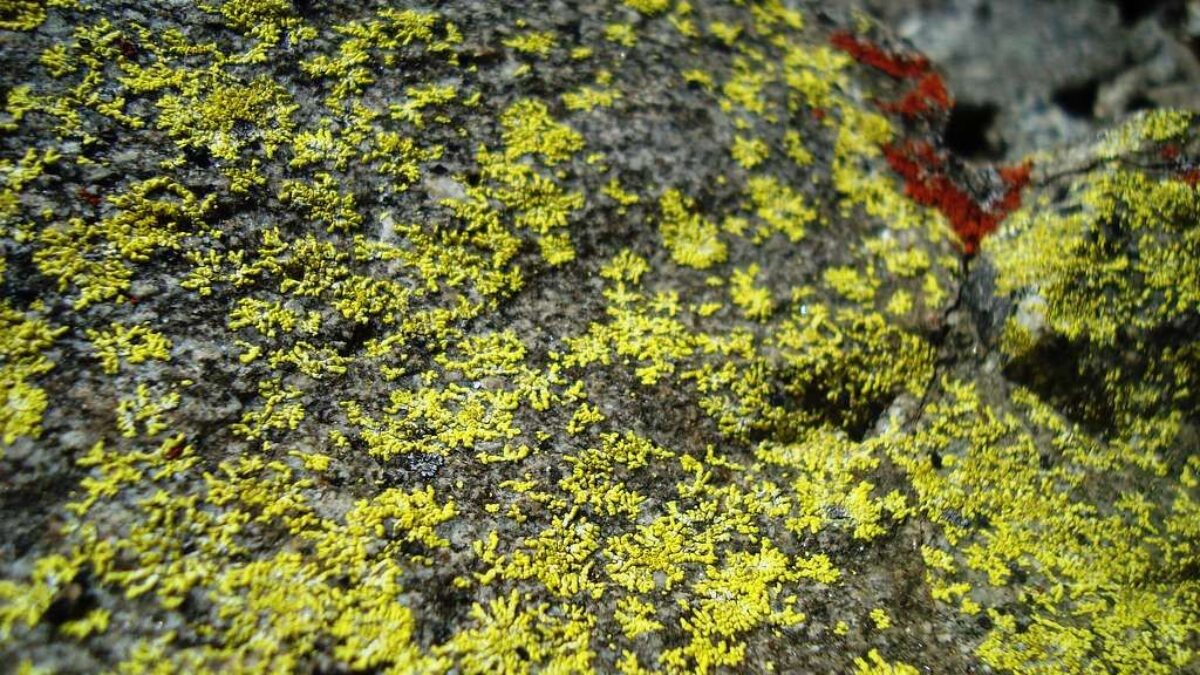Discovery of New Lichen Species in the Western Ghats

A groundbreaking discovery by Indian scientists has unveiled a new species of lichen, named Allographa effusosoredica, found in the biodiverse Western Ghats. This finding highlights the intricate relationships within ecosystems, showcasing the lichen’s unique characteristics and its role in the environment. The research, conducted by the MACS-Agharkar Research Institute in Pune, combines traditional taxonomy with modern molecular techniques, marking a significant advancement in the understanding of lichen diversity in India.
Significance of Lichens in Ecosystems
Lichens are fascinating organisms formed through the symbiotic relationship between fungi and photobionts, which are typically green algae or cyanobacteria. This partnership allows lichens to thrive in various environments, where they perform essential ecological functions. They contribute to soil formation, provide food for insects, and serve as bioindicators, reflecting the health of their surroundings. Despite their often-overlooked appearance, lichens are vital components of ecosystems, making their study crucial for understanding biodiversity and environmental health.
Details of the Discovery
The newly identified species, *Allographa effusosoredica*, is characterized as a crustose lichen with unique effuse soredia and rare chemical properties, including the presence of norstictic acid. This chemical is uncommon among other species within the *Allographa* genus. The research team employed a comprehensive approach, utilizing morphological, chemical, and advanced molecular techniques to study the lichen. This integrative method also identified its algal partner as a species of *Trentepohlia*, contributing to the limited knowledge of photobiont diversity in tropical lichens.
Using DNA sequencing across various genetic markers, the researchers positioned *A. effusosoredica* close to *Allographa xanthospora* in the phylogenetic tree. The morphological similarities between this new species and *Graphis glaucescens* raise intriguing questions about evolutionary relationships within the *Graphidaceae* family.
Research Contributions and Future Directions
The study, led by researchers Ansil P. A., Rajeshkumar K. C., Sruthi O. P., and Bharati O. Sharma, represents a significant advancement in the understanding of lichen-algal symbiosis. It is noteworthy that this is the first species of *Allographa* sequenced from India, supported by molecular data. The findings reinforce the concept of locally adapted photobionts and highlight the need for further research into the genetic complexities of symbiotic life forms.
This research is part of a project funded by the Anusandhan National Research Foundation (ANRF), focusing on the symbiosis of algal and fungal partners in the lichen families *Graphidaceae* and *Parmeliaceae* in the Western Ghats. With *Allographa effusosoredica* becoming the 53rd species from the genus reported in India and the 22nd from the Western Ghats, the study underscores the urgent need for more molecular investigations into Indian lichen diversity, particularly in biodiversity hotspots.
Implications for Biodiversity Research
The discovery of *Allographa effusosoredica* not only enriches India’s lichen inventory but also emphasizes the importance of ongoing research in understanding the ecological roles of lichens. As biodiversity faces increasing threats from climate change and habitat loss, documenting and studying these organisms becomes crucial for conservation efforts. The findings from this research pave the way for future studies that could uncover more hidden species and their roles in maintaining ecological balance.
Observer Voice is the one stop site for National, International news, Sports, Editor’s Choice, Art/culture contents, Quotes and much more. We also cover historical contents. Historical contents includes World History, Indian History, and what happened today. The website also covers Entertainment across the India and World.

